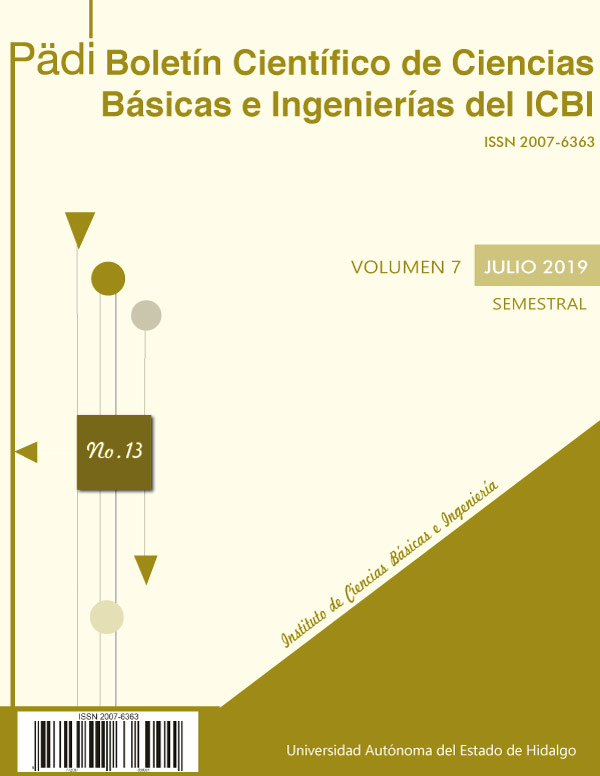Light signals from spin one tensor dark matter
Abstract
In this work we report on some observables associated with the annihilation of dark matter, modeled as a spin one real field in the antisymmetric tensor representation. This formulation has the interesting feature that stability is achieved without the introduction
of ad hoc symmetries, as reported by Cata and Ibarra in 2014. In this model, the coupling to photons ocurrs through a Higgs portal term. The expression for the cross section in the photon scattering is calculated as well as their energy and the gamma ray flux.
Downloads
References
Bergstrom, L., Bringmann, T., Eriksson, M., Gustafsson, M., 2005. Gamma rays from Kaluza-Klein dark matter. Phys. Rev. Lett. 94, 131301. DOI: 10.1103/PhysRevLett.94.131301
Bertone, G., Hooper, D., Silk, J., 2005. Particle dark matter: evidence, candidates and constraints. Physics Reports 405 (5), 279 – 390. DOI: https://doi.org/10.1016/j.physrep.2004.08.031
Canetti, L., Drewes, M., Shaposhnikov, M., 2012. Matter and antimatter in the universe. New Journal of Physics 14 (9), 095012.
Cata, O., Ibarra, A., 2014. Dark matter stability without new symmetries.
Freese, K., Fields, B., Graff, D., 2000. Death of stellar baryonic dark matter. In: Weiss, A., Abel, T. G., Hill, V. (Eds.), The First Stars. Springer Berlin Heidelberg, Berlin, Heidelberg, pp. 18–23.
Gaskins, J., 2016. A review of indirect searches for particle dark matter.
Gondolo, P., Gelmini, G., 1990. Cosmic abundances of stable particles: Improved analysis.
Harding, J., B., D., 2015. Dark matter annihilation and decay searches with the high altitude water cherenkov (HAWC observatory.
Hernández-Arellano, H., Napsuciale, M., Rodrı́guez, S., 2018. Spin portal to dark matter. Phys. Rev. D98, 015001. DOI: 10.1103/PhysRevD.98.015001
Landau, L., 1965. On the angular momentum of a system of two photons. In: HAAR, D. T. (Ed.), Collected Papers of L.D. Landau. Pergamon, pp. 471 –473. DOI: https://doi.org/10.1016/B978-0-08-010586-4.50070-5
Napsuciale, M., Rodrı́guez, S., Ferro-Hernández, R., Gómez-Ávila, S., 2016. Spin one matter fields. Phys. Rev. D93 (7), 076003. DOI: 10.1103/PhysRevD.93.076003
Tanabashi, M., et al PDG, 2018. 2018 review of particle physics. Phys. Rev. D 98 (10), 194–196.
Trimble, V., 1987. Existence and nature of dark matter in the universe. Annual Review of Astronomy and Astrophysics 25 (1), 425–472. DOI: 10.1146/annurev.aa.25.090187.002233
Yang, C. N., Jan 1950. Selection rules for the dematerialization of a particle into two photons. Phys. Rev. 77, 242–245.














